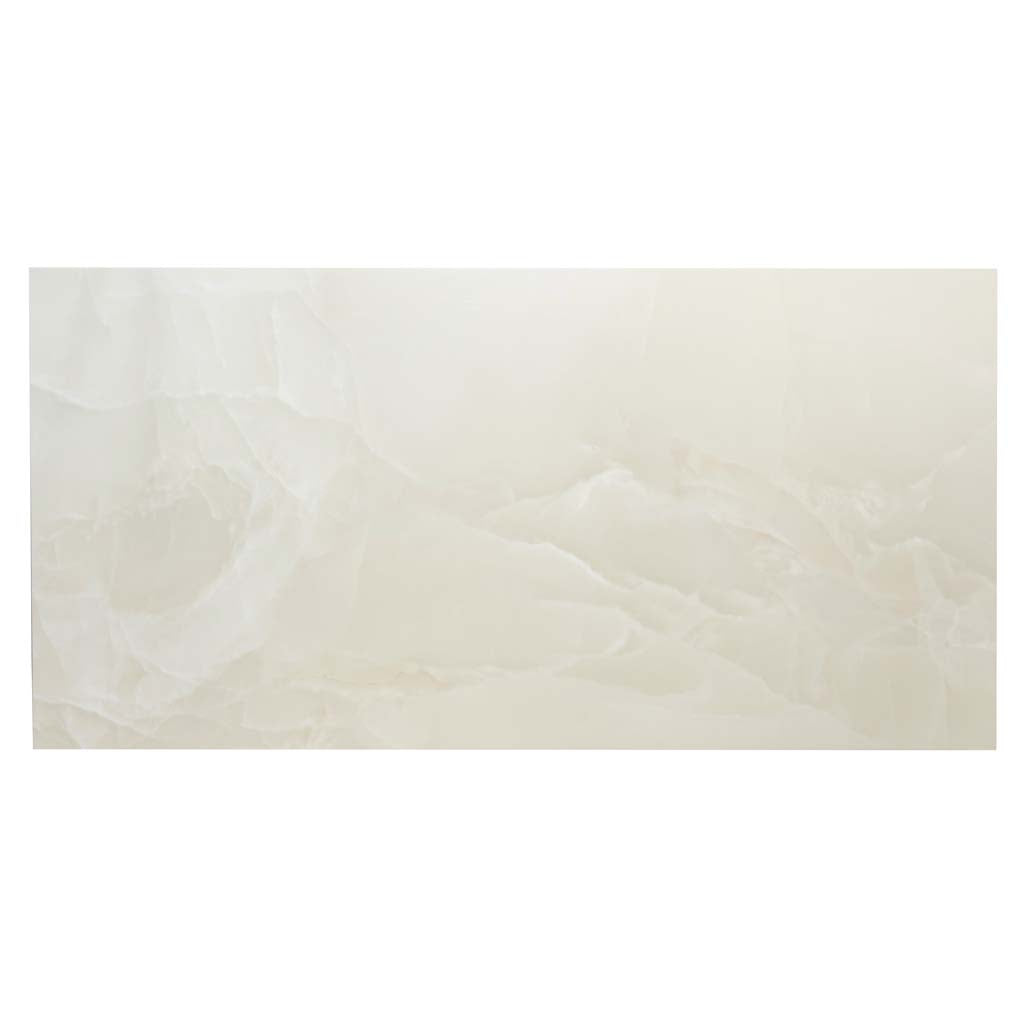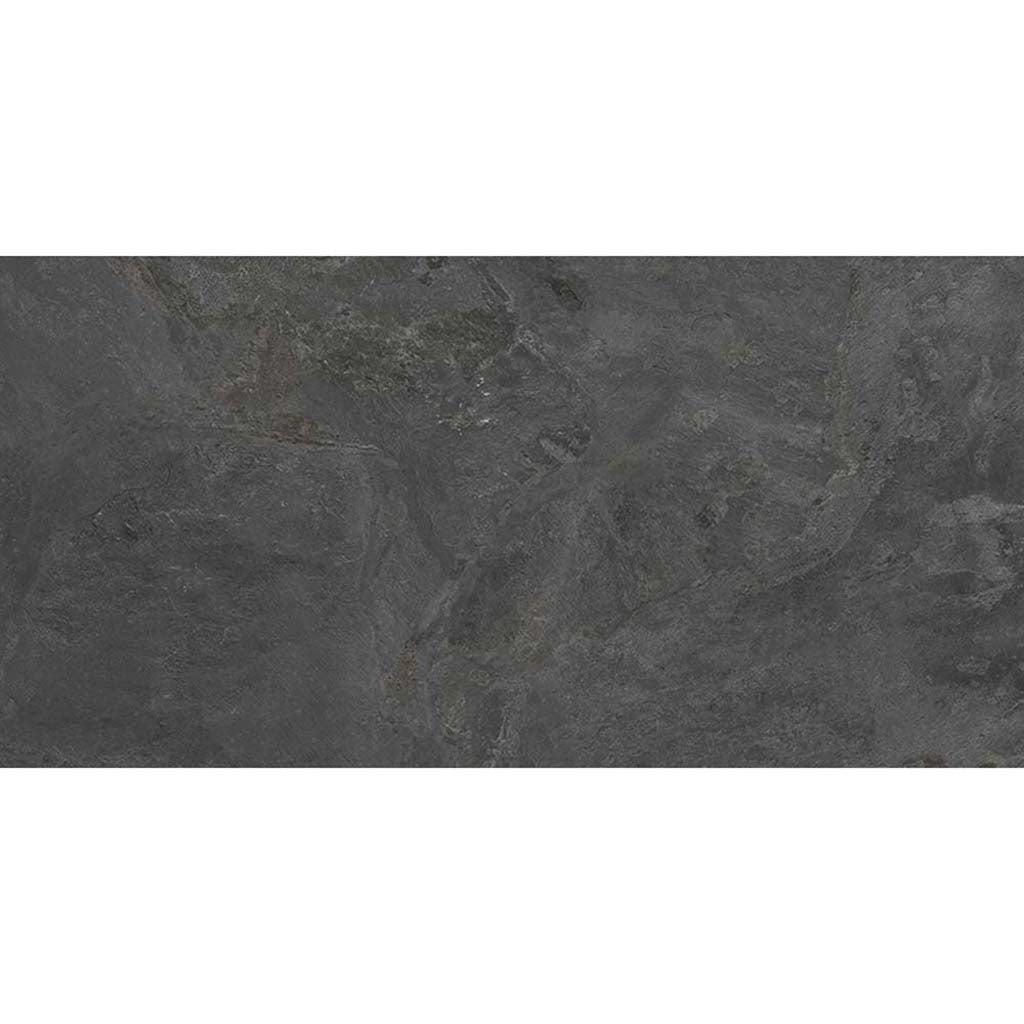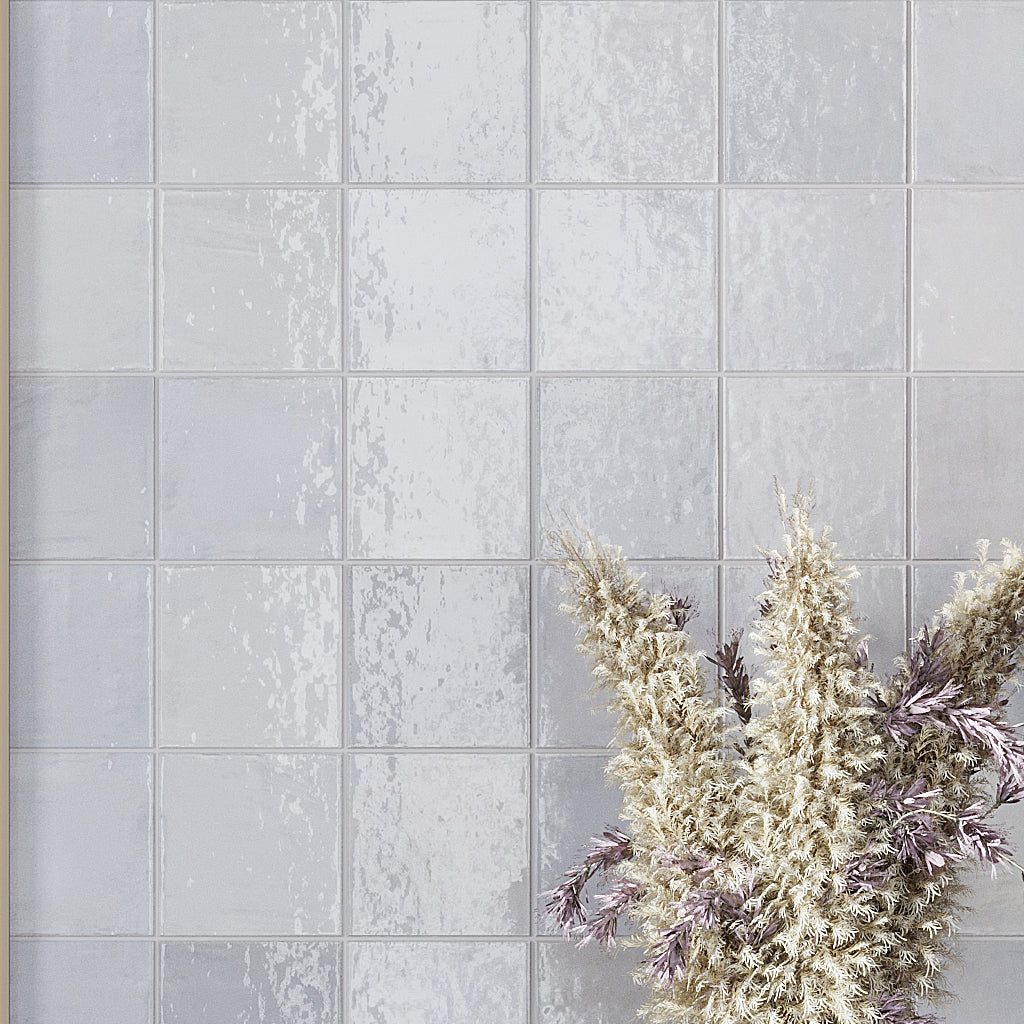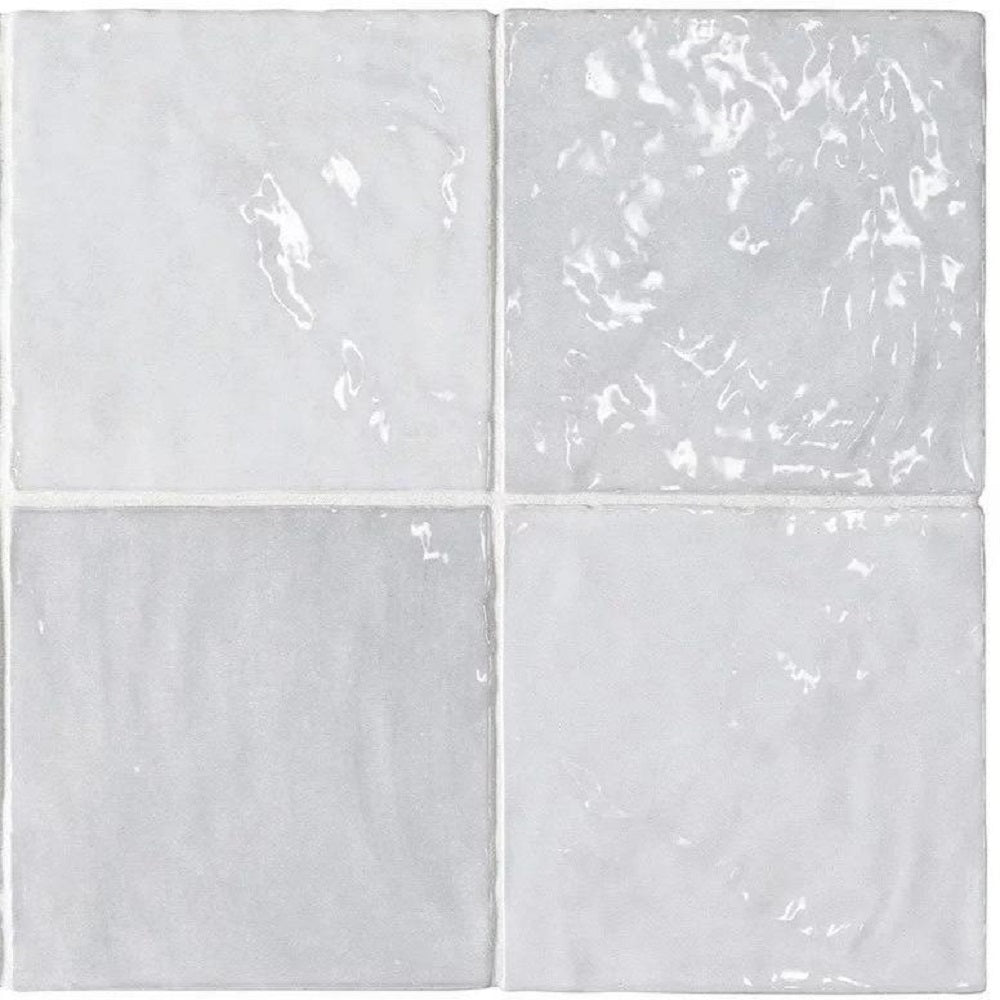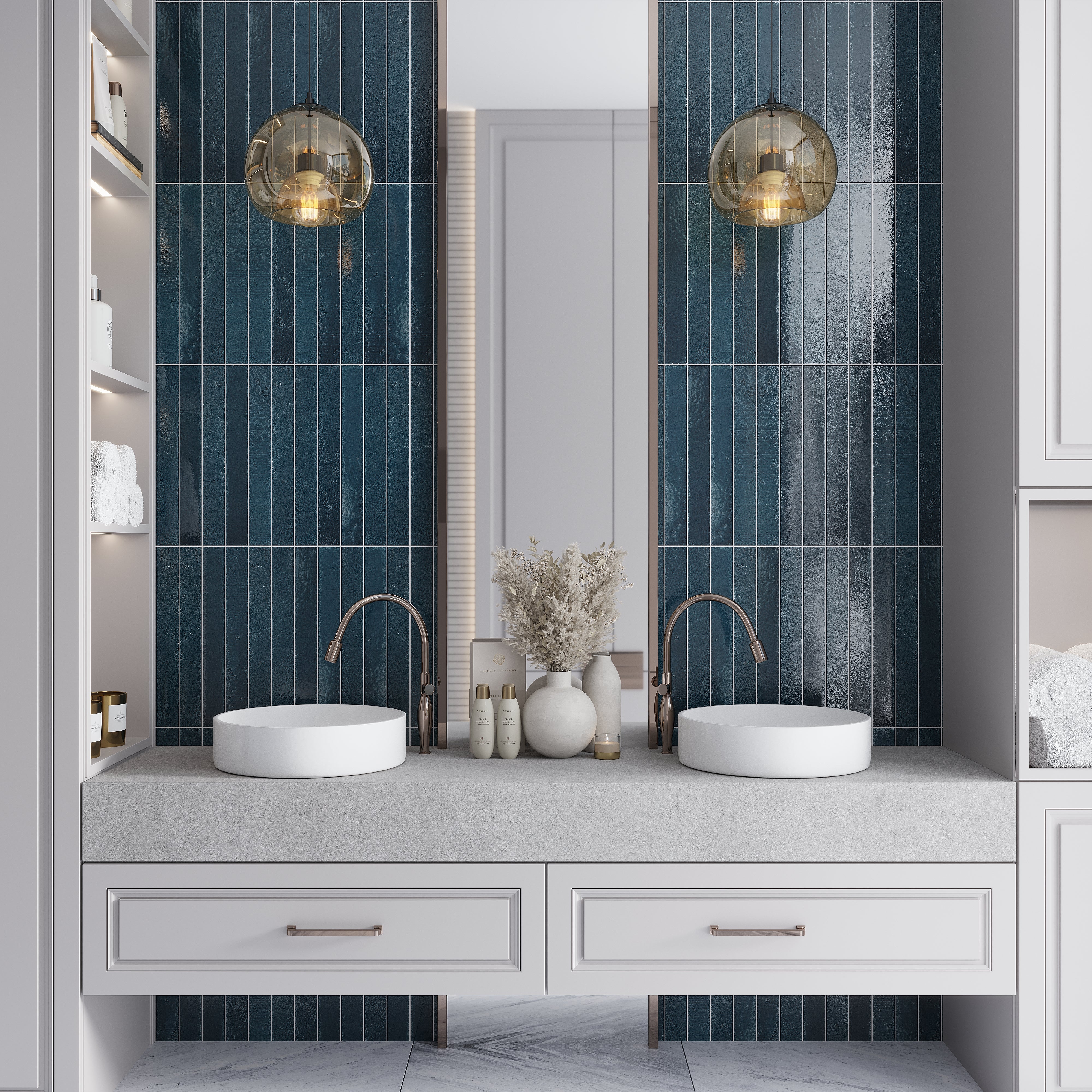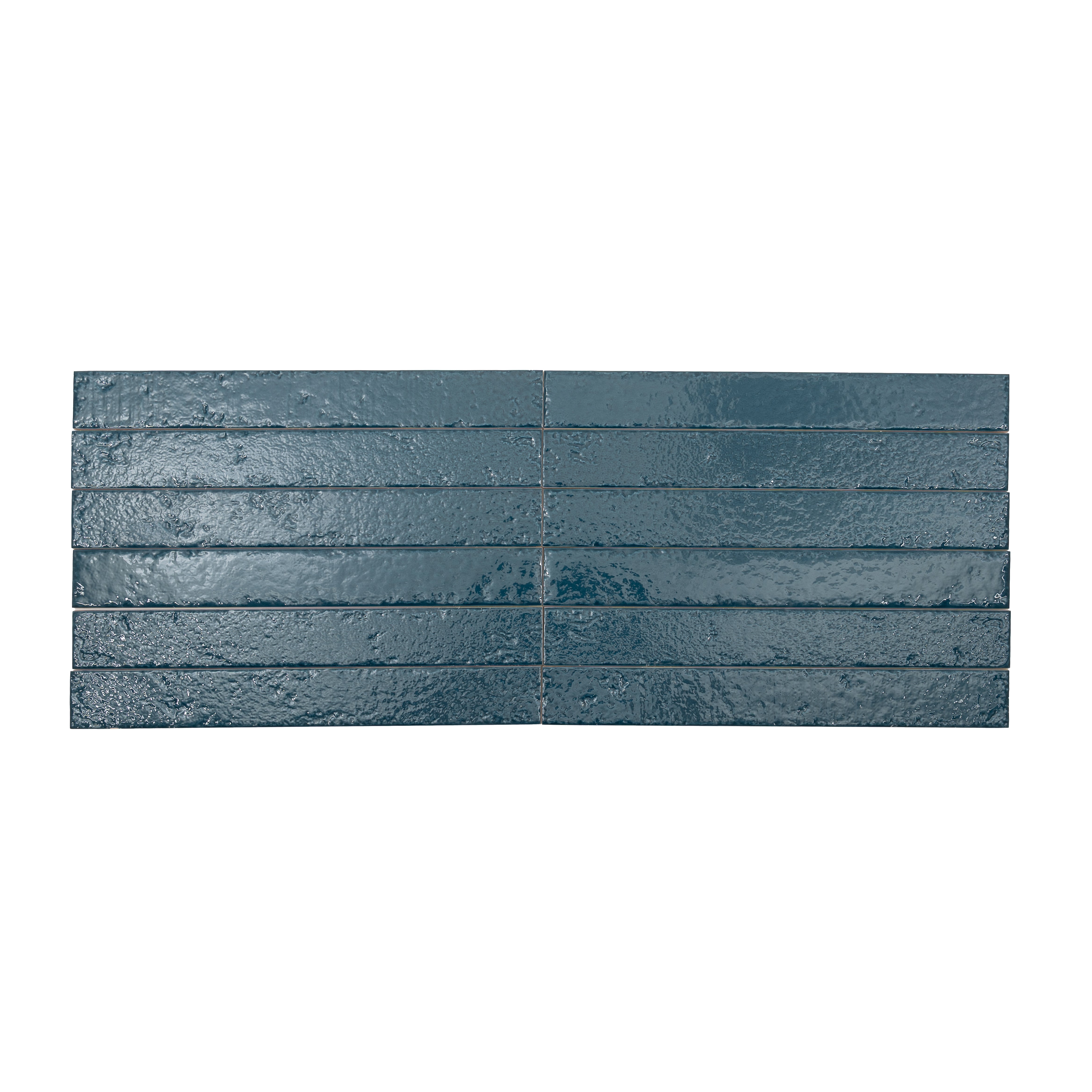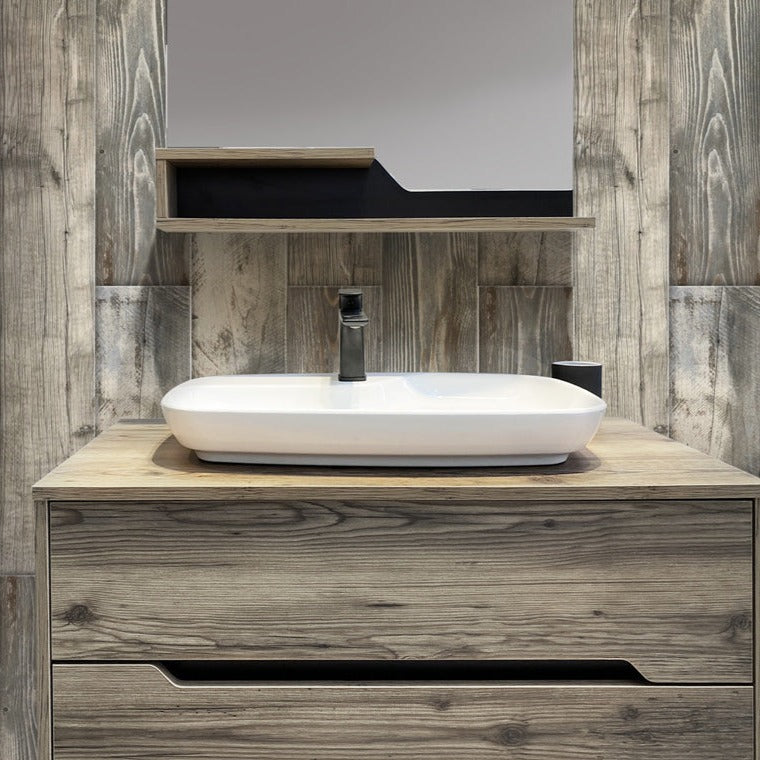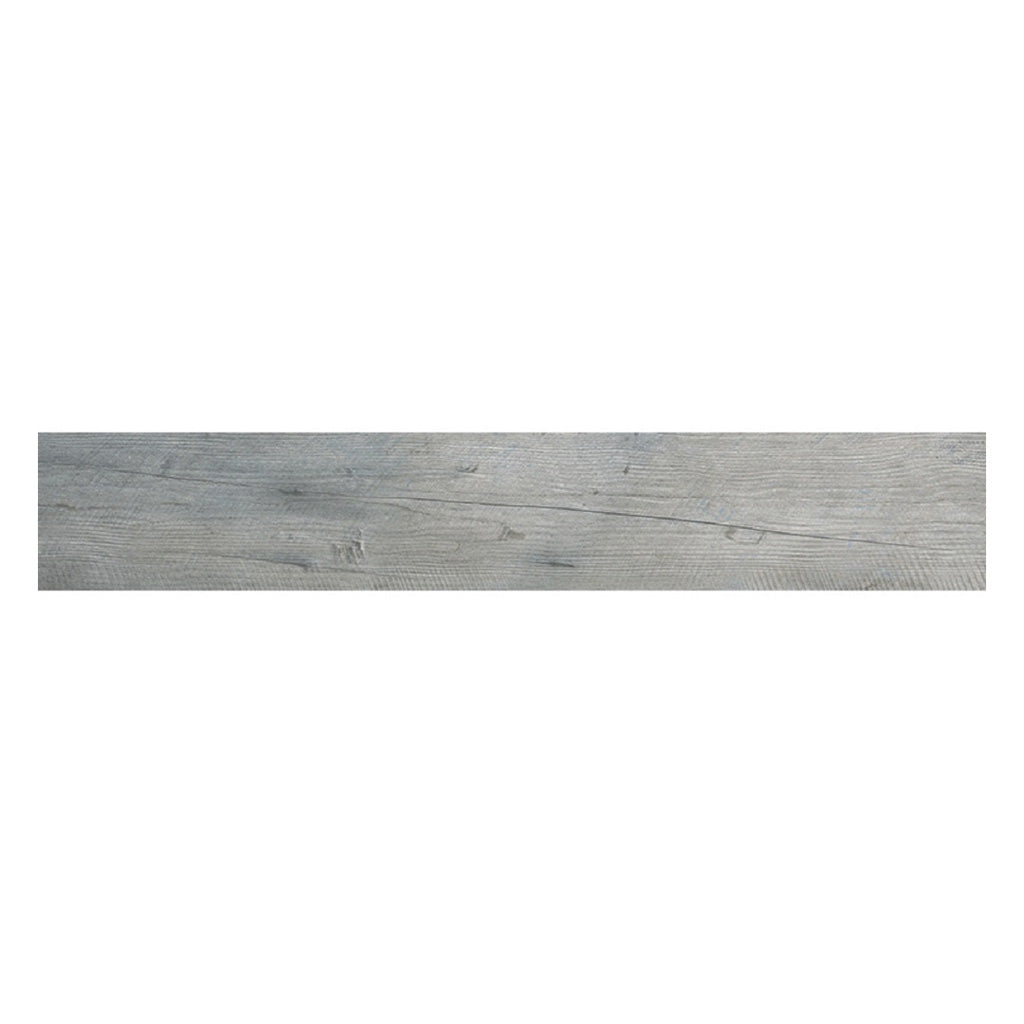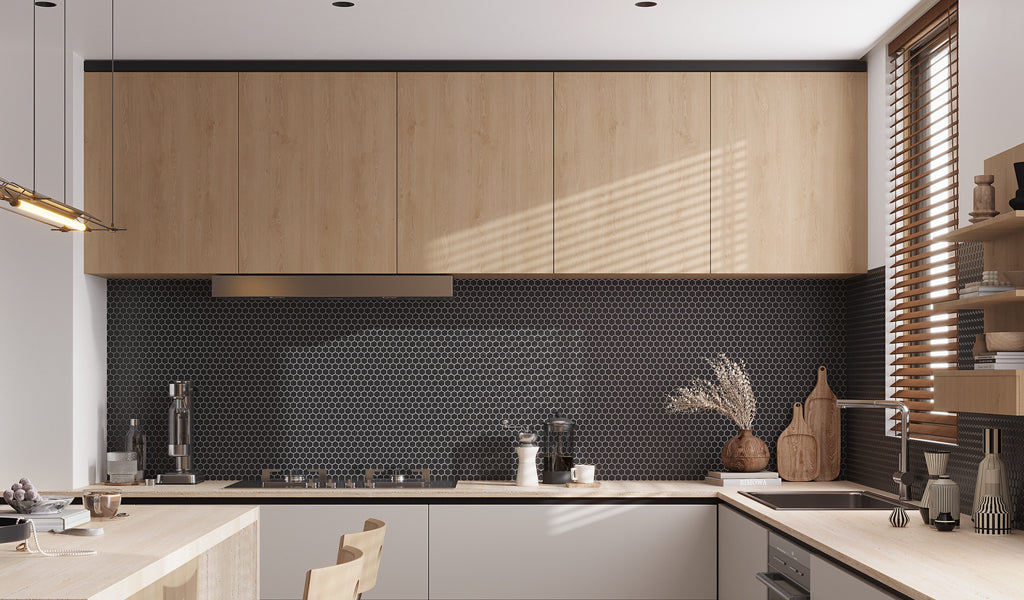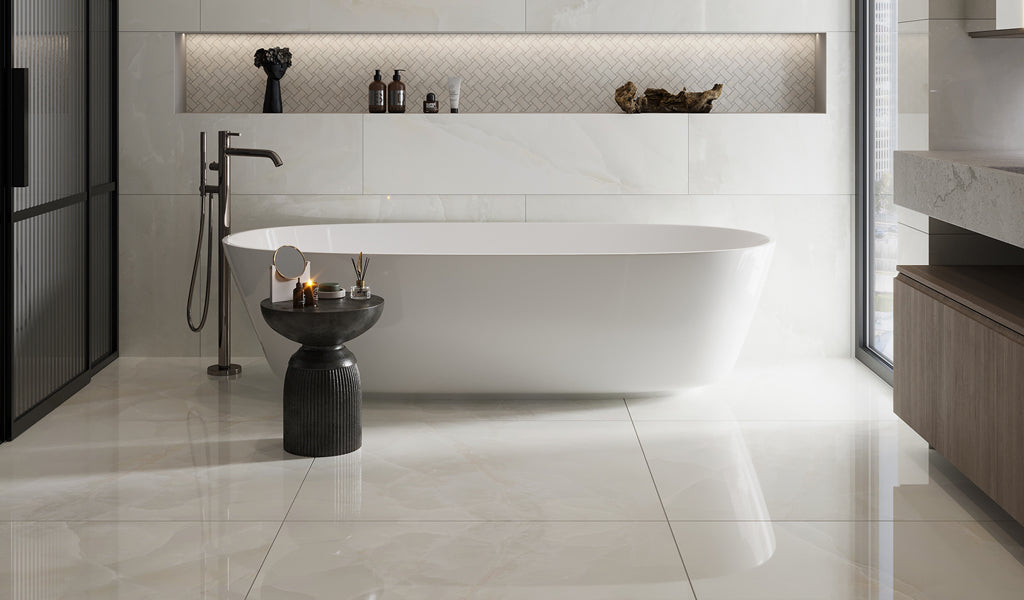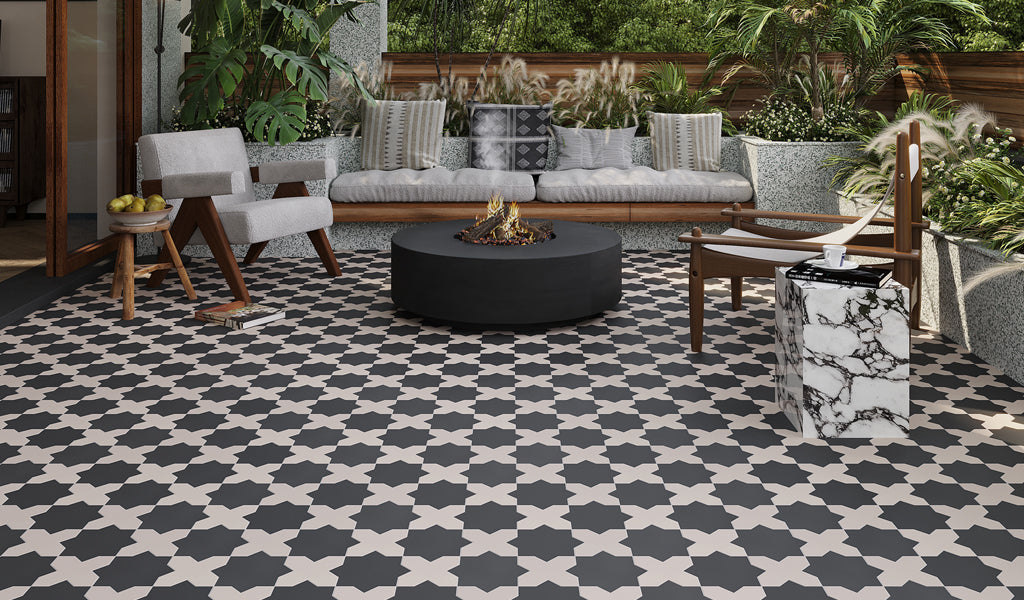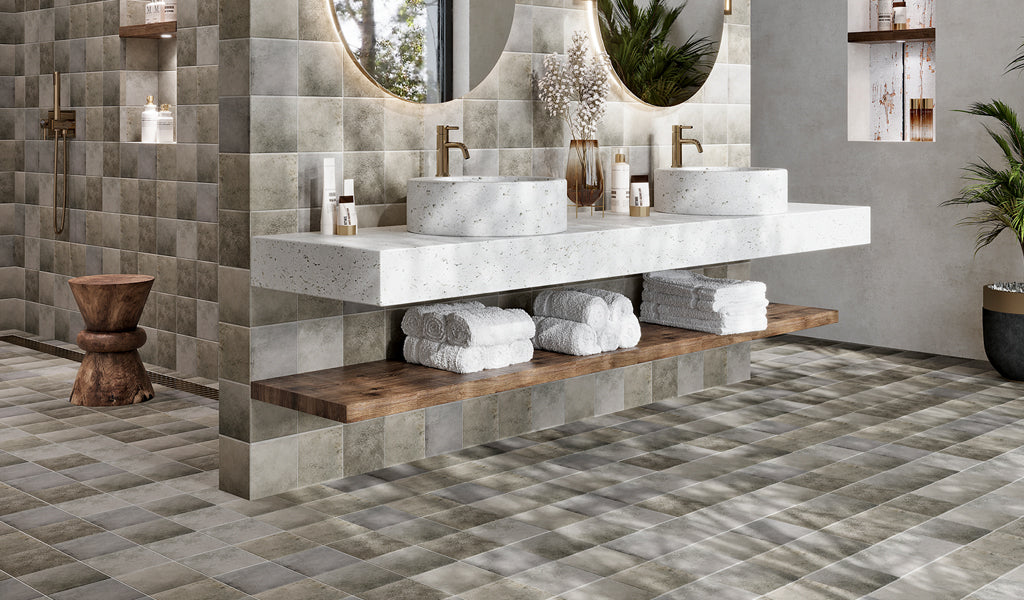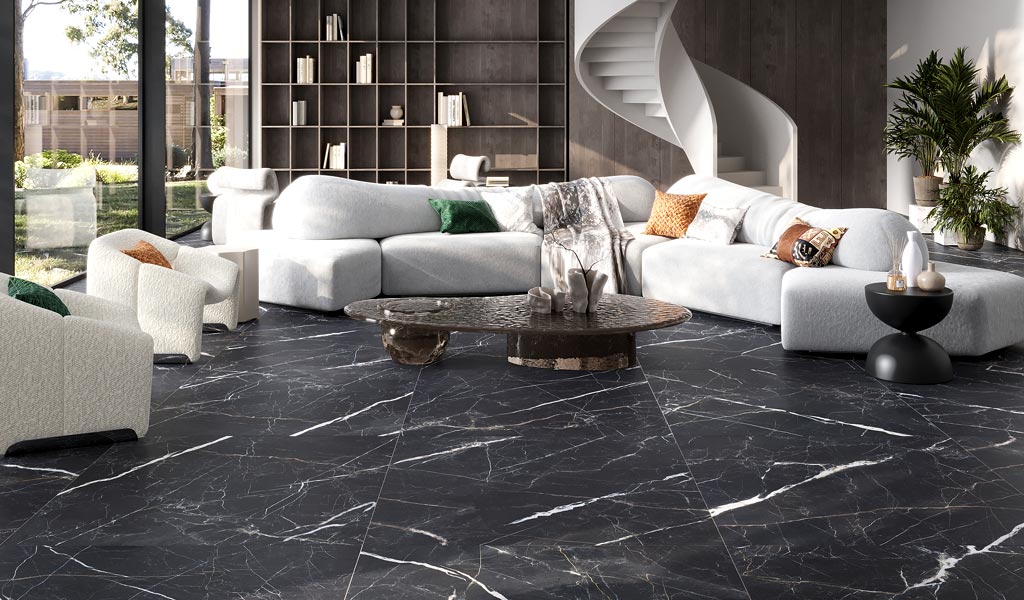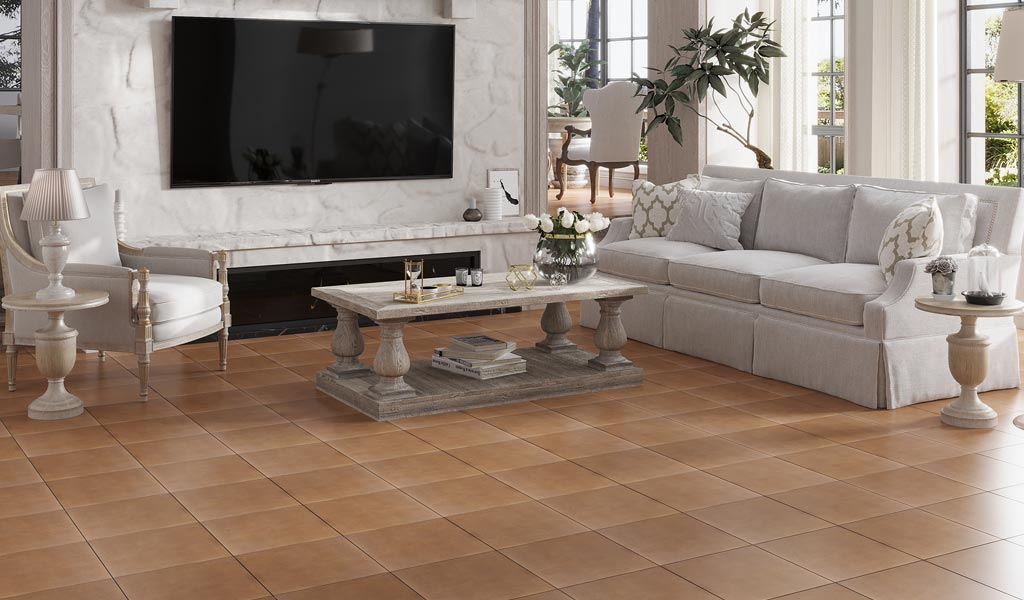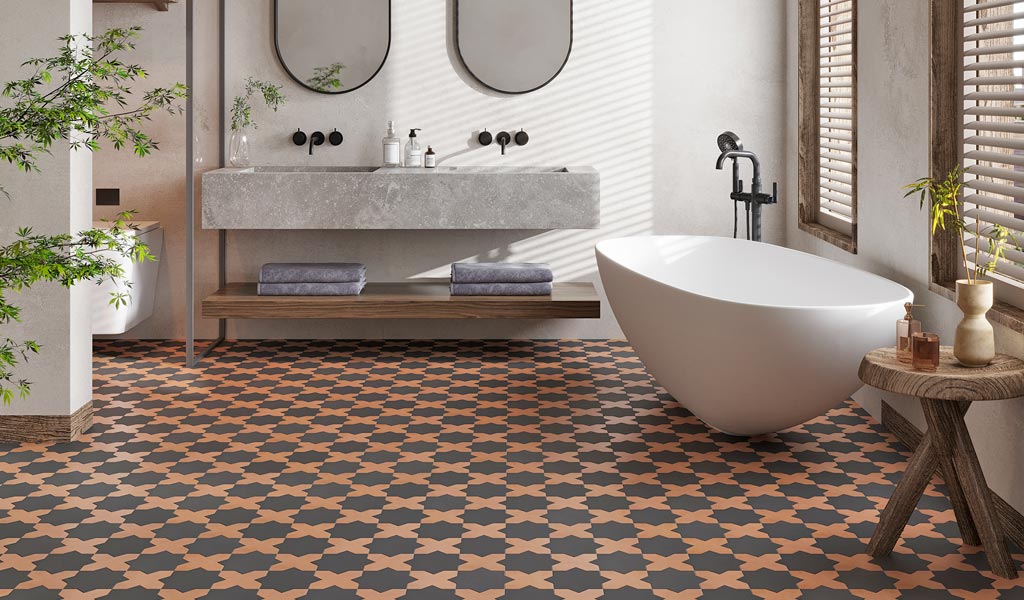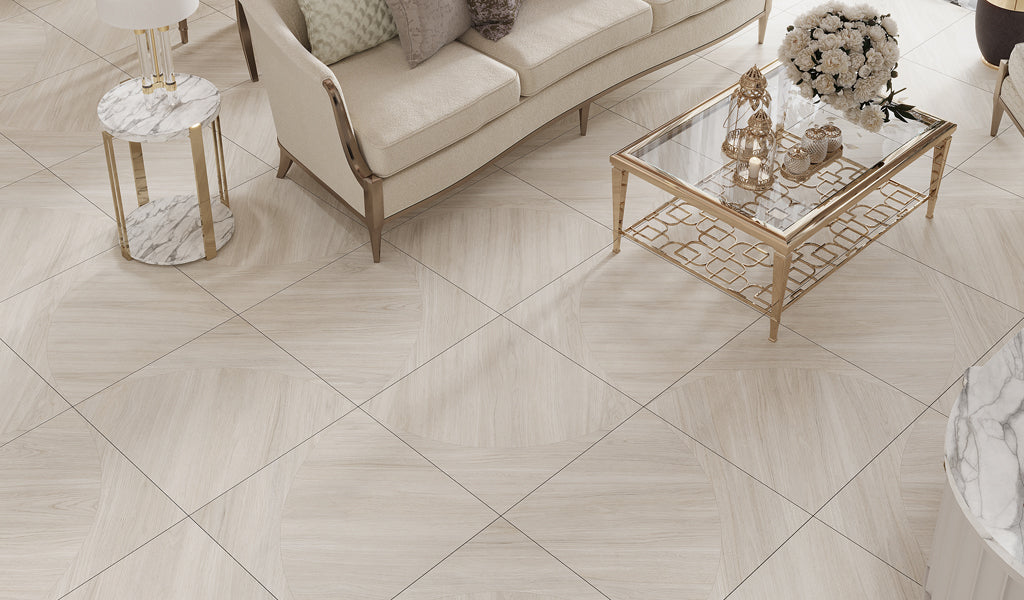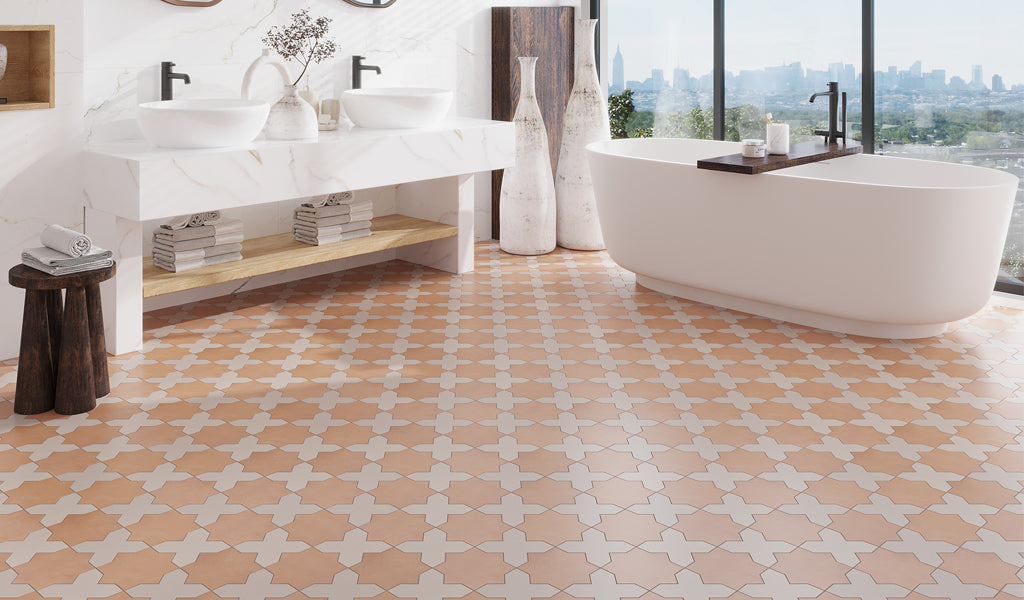1/16 vs 1/8 Grout Lines: A Complete Guide to Choosing the Right Tile Spacing
Oct 07, 2025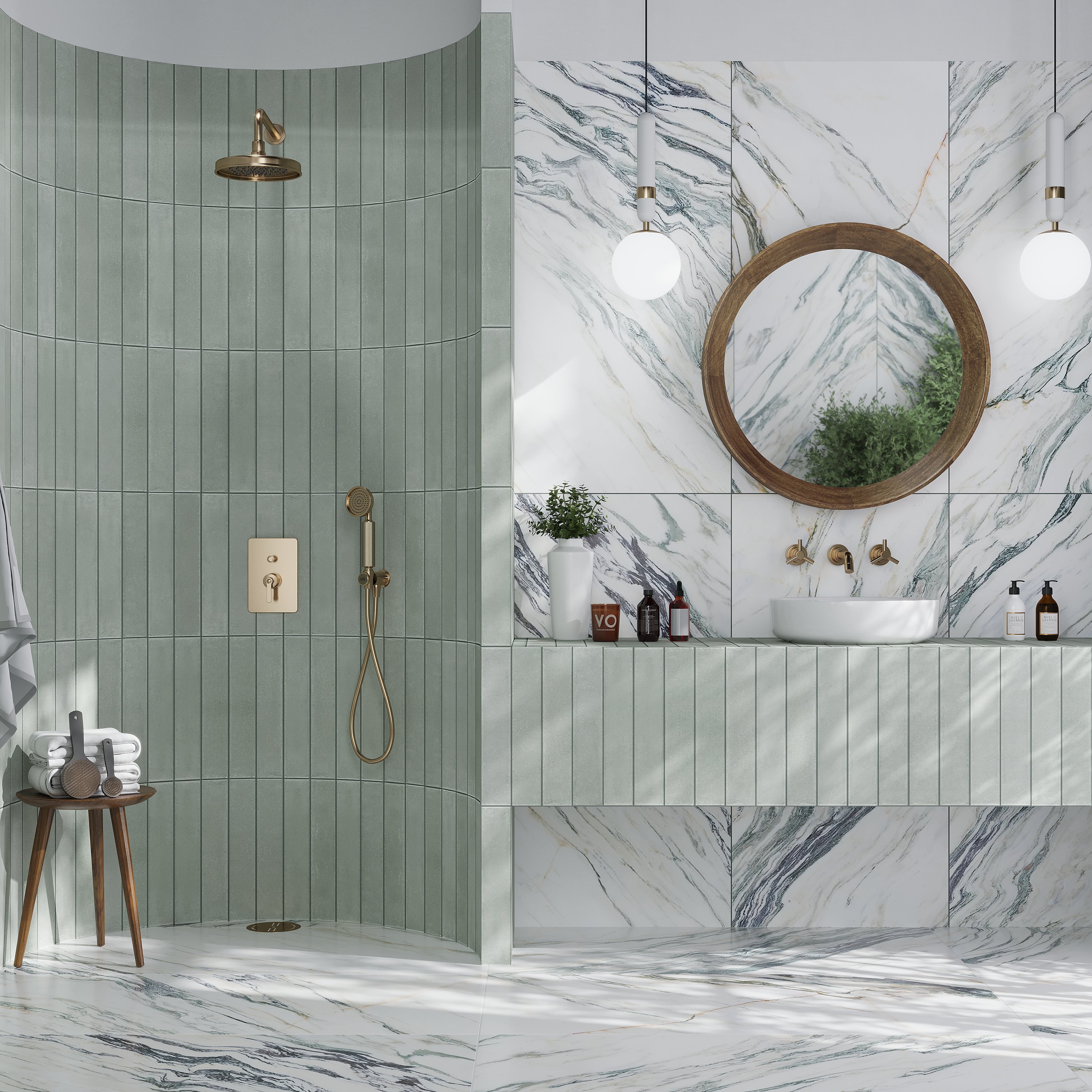
Beyond stylish material, what else does it take to really pull a tile job together? Grout Lines! The gaps between the tiles often get overlooked, and yet they are a critical detail that makes it all come together with every installation, be it a kitchen wall or bathroom floor. Two of the most commonly used are 1/16 vs 1/8 grout lines. But which one works best for your space?
Key Takeaways
-
The choice between 1/8 vs 1/16 grout line dictates the look of the completed installation, along with durability and ease of upkeep.
-
A 1/16-inch spacing is best with rectified tiles, while 1/8-inch spacing is forgiving of variations and imperfections.
-
The color of the grout can either blend in or create a bold contrast with the tile, depending on the desired outcome.
-
Ultimately, the best grout width is about understanding how the subtle details can elevate a space.
While the difference in measurement may be small, there are lots of debates around what tile spacing works best in what room and with what tile. The choice between narrow 1/16 and wider 1/8 joints influences tile selection and durability, along with how easy the surface is to maintain over time. This guide will fill in the gaps and help you understand what sets a 1/8 and 1/16 grout line apart as we break down the pros and cons of each size. Plus, we share pro tips to help you achieve those clean, crisp lines every time you incorporate tile into your space.
The Difference Between 1/16-inch and 1/8-inch Grout Lines
What grout width works best for my space? It’s a fair question when embarking on a tiling project. This is where a 1/16 vs 1/8 grout lines comparison comes in handy. To answer this question, it’s best to first understand the nitty-gritty details. Each has distinct characteristics that make it better suited for different tiling scenarios.
| Feature | 1/16-Inch Grout Lines | 1/8-Inch Grout Lines |
|---|---|---|
| Visual Style | Seamless and modern | Defined and traditional |
| Tile Type Required | Rectified | Rectified & non-rectified |
| Installation Difficulty | Demands precision | Forgiving to minor errors |
| Grout Type | Unsanded | Sanded and unsanded |
| Maintenance | Easier to clean | Requires more upkeep |
| Forgiveness for Imperfection | Low | High |
1. 1/16-Inch Grout Lines Explained
When remodelling with a new living room, bathroom, or kitchen tile, almost everyone wants the smallest possible grout lines and a seamless appearance. If you insist on having a very small seam, a 1/16-inch tile spacing is an acceptable gap that can be properly grouted. This narrow width is ideal for modern or sleek designs where you want the tile, not the gaps between, to play the leading role.
 Pros:
Pros:
-
Minimalist Appearance: 1/16-inch grout lines set up tight, clean joints that give the surface a nearly seamless and continuous appearance. This slim profile is a good fit for contemporary wall designs with minimal visual breaks between the tiles.
-
Less Visible Grout: Be it intricate mosaics or large format tiles, tighter seams and less grout visible allow the design to take centre stage and become the focal point of the room.
- Easier to Clean: Nobody wants to spend hours on their knees scrubbing grout. With a 1/16 tile joint, less surface area means fewer places for dirt and grime to settle.
 Cons:
Cons:
-
Precision Required: Installation with a 1/16 grout line requires perfectly straight, even edges. Any tile inconsistencies or misalignment may be noticeable. With such demanding thin lines, careful alignment helps achieve a flawless finish.
-
Limited Movement Tolerance: Narrow seams provide minimal cushioning to accommodate minuscule movement. This lack may lead to cracking of grout at stress points or tiles popping loose during fluctuations in temperature.
- Limited to Unsanded Grout: Only unsanded grout should be used, which isn’t always the best fit for areas that get a lot of high footfall. It is smoother and free of the aggregate needed to resist cracking in demanding environments.
 Best For:
Best For:
-
Rectified Porcelain Tiles: Rectified tile is machine-cut and known for its uniform and straight edges. This results in minimal size variation that accommodates tight grout joints like 1/16 inch to achieve seamless alignment.
-
Large Format Tiles: A 1/16 spacing becomes virtually invisible when paired with bigger tiles, enhancing the feeling of continuity across the surface. The uncluttered appearance adds to the streamlined appeal of minimalist and modern interiors.
-
Subway Wall Tiles: Want to emphasise the simplicity and clean lines of subway tile? 1/16 grout lines are your best friend! And if you wish to orient tiles in a unique design, say herringbone or basketweave, the thin lines allow the pattern to flow nicely from one piece to the next without distraction.
-
Mosaic Tiles: For mosaics or small format tile, 1/16 grout lines are often preferred. The slim profile between the tiles doesn’t overwhelm an already intricate design, but instead, highlights its texture and pattern.
To sum up, 1/16-inch tile spacing is incredibly versatile. It works well with various tile sizes and styles, favored but not limited to wall applications. The narrow lines minimize visual breaks and give an impression of an expansive area. This visual effect makes them perfect for compact kitchens, powder rooms, and bathrooms. Whether your style leans minimalist or bold and expressive, a 1/16 width provides a clean canvas for your design vision to shine.
Remember, narrow grout lines call for unsanded grout. It’s smoother, easier to squeeze into the tiny crevices, and gentler on delicate material like glass or marble. Think kitchen backsplash, shower wall, or fireplace surround with a refined finish and without the grit.
Another point to note when deciding between 1/8 vs 1/16 grout line: a tile leveling system may be required for one-sixteenth gaps to ensure a uniform, professional finish. Because thinner joints leave little room for error, this tool prevents tiles from shifting out of place once the adhesive starts to cure, maintains consistent gaps, and ensures a lippage-free surface.
2. 1/8-Inch Grout Lines Explained
A 1/8-inch grout line strikes a balance between aesthetic appeal and practical performance. It is the most versatile and widely used for home improvement and commercial projects. Wider grout lines are easier to work with and suitable for different tile types and sizes.
 Pros:
Pros:
-
Disguised Size Variations: Between 1/16 vs 1/8 grout lines, one-eighth gaps are forgiving if tiles have slight size variation or more defined contours are desired. Misalignment in placement is not easily visible, which makes this width a popular choice for DIY projects.
-
Flexible Joint Movement: 1/8-inch spacing offers enough flexibility for any temperature-related tile movement. This advantage means fewer repairs and touch-ups.
-
Compatible with Sanded Grout: 1/8 grout lines provide versatility depending on the area of use (for instance, high traffic areas vs delicate surfaces). Floor tile used with sanded grout has more grip and prevents cracking in areas that experience a lot of action, such as entryways, hallways, and kitchens.
-
Enhanced Slip Resistance: Another factor we haven’t touched on is slip resistance. Wider tile spacing results in more grout, which provides greater traction and improves overall safety in wet areas like the bathroom and laundry room.
- Easier to Clean: Lastly, a larger surface simplifies cleaning and makes it possible to reach into the grooves with a soft-bristle brush or mop.
 Cons:
Cons:
-
More Visible Grout: Pronounced spacing means grout lines become a visible part of the tile design. This disruption in the visual continuity of the surface may be desirable to some and not so much to others.
-
Potential Grout Shrinkage: Grout shrinkage or cracking is a common issue that compromises the appearance and structural integrity of the installation. Improper mixing or application of sanded grout is often the cause.
- More Cleaning & Maintenance: More grout surface tends to collect dirt and grime, especially with lighter colors. This means frequent and thorough cleaning to prevent discoloration, mildew growth, and grime buildup.
 Best For:
Best For:
-
Handmade Tiles: 1/8-inch thickness leaves room for the natural variation in size and uneven edges. In a tiling scenario, the perfectly imperfect charm of handmade tiles is highlighted.
-
Larger Subway Tiles: Large subway formats, say 12x24 tile, can accommodate wider grout lines without disrupting the scale and design, allowing for a defined and intentional layout pattern.
- Natural Stone Tiles: Due to subtle variations in size, thickness, and texture commonly seen in natural stone like marble, travertine, and slate, a 1/8 grout width allows these irregularities to be absorbed gracefully without affecting structural stability.
Like 1/16-inch spacing, there is far more to 1/8-inch grout lines than you might think. Slightly wider joints can impart a captivating visual interplay between tile and grout. This is especially true when experimenting with bold or contrasting grout colors. It is also proven more beneficial for contemporary, transitional, and traditional interior design styles where wider spacing adds a layer of depth, textural dimension, and character.
In the case where sanded grout is preferred for 1/8-inch gaps, it’s best paired with robust and textured materials that can handle the grit without scratching, such as our Mink Gray 10x10 Matte Hexagon Porcelain Tile or Slate Black 24x48 Matte Porcelain Large Format Tile. Note that these are general guidelines. You should always consult with a professional installer to ensure the best results for your specific project.
3. Best Grout Line Width for Different Tile Types
Grout might play second fiddle to tile, but when it's done poorly, it can become all you see. So when choosing between 1/8 vs 1/16 grout line, pick one that aligns with your design vision and meets the functional needs of the room.
1. Grout Thickness for Wall vs Floor Tile: Walls often use narrower 1/16 lines for a streamlined look. Slightly wider lines are typically paired with flooring tile to stand up to relentless wear and tear in high-traffic areas and allow expansion and movement in wet areas.
2. Grout Thickness for Subway Tile: Here, you can decide between 1/16 vs 1/8 grout lines. Slimmer, elongated subway tiles can be paired with a narrow grout width to attain a modern finish. 1/8 spacing works just as well to maintain the classic allure subway format is renowned for, such as a more defined grid pattern with tiles of 3x6 inches.
3. Grout Thickness for Large Format Tile: Bigger tiles, such as those measuring 24x48 inches, can be installed with a 1/16-inch grout width. This will emphasize their expansive scale and visual flow in open-concept homes. Large unrectified floor tiles can benefit from 1/8-inch grout lines, resulting in a structured appearance and better alignment.
4. Grout Thickness for Natural Stone Tile: For natural stone of various types, the choice between 1/16 vs 1/8 grout lines depends on style preference. One-sixteenth gaps result in an elegant surface that complements the natural veining patterns of stone. For tiles with slight irregularities, a 1/8-inch width can help absorb these and make them less noticeable.
5. Grout Thickness for Handmade Tile: For most handmade-look wall tiles, such as Zellige, a grout joint of 1/8 is commonly used to accommodate their uneven edges and dimensional variance.
6. Grout Thickness for Mosaic Tile: Mesh-backed mosaics typically come with preset spacing. Thin 1/16 grout lines highlight the geometric pattern or floral motif. On the other hand, 1/8 gaps ensure adequate spacing for visual balance and waterproofing in wet environments.
4. How Grout Color Affects the Look of Your Tile
Speaking of visual impact, like grout width, grout color can transform tile installation. The shade you choose either blends in or creates striking contrast, both of which contribute to the mood, style, and focus of a space. So, what happens when you combine grout color with different tile spacings?
1. 1/16-inch Grout Lines and Matching Grout Color: The thin grout lines fade into the background, allowing the focus to be on the tile design. In addition, the matching duo emphasizes continuity and makes small areas feel more expansive.
2. 1/16-inch Grout Lines and Contrasting Grout Color: This combination outlines the profile of the tile to highlight its shape and layout, while keeping the overall look cohesive.
3. 1/8-inch Grout Lines and Matching Grout Color: Creates a harmonious surface where tiles are gently defined without a sharp contrast that can potentially cause visual overwhelm.
4. 1/8-inch Grout Lines and Contrasting Grout Color: Results in a strong visual rhythm and definition of the tile’s contours. The pronounced grout lines and color become part of the design story.
5. 1/8 vs 1/16 Grout Lines for Wood Look Tile
Wood-look tiles come in large formats, mosaics, or long and narrow planks, emulating the look of genuine hardwood. The difference in 1/16 vs 1/8 grout lines plays a key role in how realistic the final product appears.
1/8-inch grout lines are typically the industry standard and recommended for durability and to conceal a lippage problem, especially with non-rectified tiles. Using narrow 1/16-inch joints isn’t impossible, as long as the selected product is high-quality rectified tiles and the subfloor is flawless. Otherwise, corners of a tile pop up above the surface of the tiles around it and disrupt the illusion of authentic wood planks.
 Installation & Maintenance Tips for Perfect Grout Lines
Installation & Maintenance Tips for Perfect Grout Lines
Below are some key tips to help you achieve clean, consistent grout joints in any tile project:
- Use Tile Spacers: Key to maintaining uniform spacing throughout the installation.
- Check Tile Variations: Especially important for non-rectified or handmade tiles.
- Plan Layout Carefully: Dry-fit tiles first to determine the ideal layout and avoid awkward joints.
- Use Leveling Systems: Helps reduce or eliminate lippage entirely between tiles.
- Choose the Right Grout: Unsanded for narrow 1/16 lines and sanded for wider 1/8 lines.
- Don't Skip Grout Sealing: Regardless of width, make sure to seal grout lines at installation.
Over time, dirt and stains start to settle on the grout. Without proper upkeep, they can diminish the overall look of your tilework. For effective cleaning, keep in mind the following:
- Wipe down the entire tiled surface with warm water and mild detergent to prevent buildup.
- For tough stains, create a baking soda and water paste. Apply to the area, scrub gently with a soft-bristle brush, and rinse with clean water.
- Steer clear of acidic cleaners as they can dull and damage the glaze that sits atop.
Conclusion
Deciding between 1/16 vs 1/8 grout lines might seem like a small detail. And yet, it proves to contribute greatly to the aesthetic appeal and performance of a tiled surface. If you want a clean, contemporary look and have rectified tiles, a 1/16-inch grout line is a great pick. For a more forgiving and flexible installation with excellent performance, 1/8-inch joints are your best bet. In the end, the right grout width for your space isn’t just a technical decision; it's a design one too. With the right planning, you’ll end up with tilework that’s both beautiful and long-lasting.
At Apollo Tile, we do more than sell tiles; we're about helping you create spaces that resonate with your style. Have a look at our Grout Color Selection Guide for tips to elevate your design. If you’re unsure what material works best in your space, don’t hesitate to order tile samples online.
Frequently Asked Questions:
1. How to get thinset out of 1/16 grout lines?
Use a utility knife, grout saw, or plastic scraper to gently clean thinset out of 1/16 joints before it hardens. It’s always best to clean as you go during tile application.
2. Is 1/8 grout sanded or unsanded?
Tile spacing of 1/8-inch can work with both sanded and unsanded grout. The former is preferred for hardworking areas while the latter is suitable for delicate surfaces where sand might scratch.
3. What is the minimum thickness of grout?
Minimum grout joints are usually 1/16-inch thinner and often used with straight-edged rectified tiles.
4. How do you hide grout lines that don't line up?
When tiles are already placed and the adhesive has cured, but joints don’t line up, the best action is to opt for grout that closely matches the shade of the tile to reduce contrast.
5. How long does 1/16 grout take to dry?
Depending on the grout type and environmental conditions, 1/16-inch joints typically take 24 to 72 hours to fully dry. Always read the manufacturer’s specifications if you’re unsure.


